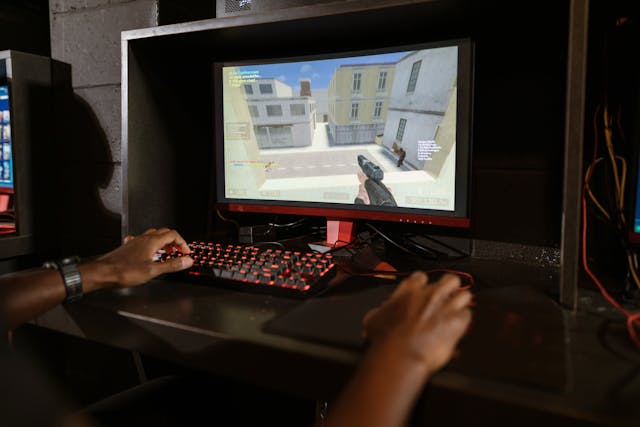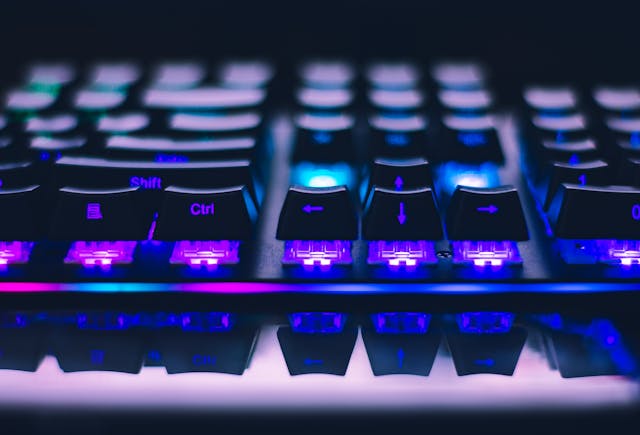There have been a couple of interesting steps in the evolution of robotic prosthesis. It was briefly put in the spotlight a while back when Eidos Montreal worked with Open Bionics for a Deus Ex-themed prosthetic arm, but now the future is looking a lot like science fiction now that some researchers are ready to implement haptic feedback into standard prosthetic limbs.
According to Vision of America, Rice University graduate student Janelle Clark explained to them that there are advancements being made in terms of giving those without limbs actual touch-sensitive feedback when they pick up objects, interact with physical entities, and attempt to touch things. Clark states…
“The idea behind the research that we’re doing here is to create haptic devices that are simple, they’re intuitive, they’re not going to break and so that people can start to have an understanding of what’s going on with their prosthetic without looking at it all the time,”
This coincides with two more advancements in the prosthetic limb department, where two 21-year-old engineers from different parts of the world have created cost-effective alternatives for robotic prosthesis.
According to Forbes, Sudanese engineer, Ashraf Mizo, a 21-year-old from Sudan, has developed a cost-efficient machine learning algorithm and 3D printing solution to conveniently, quickly and cheaply make robotic prosthetic limbs.
Mizo uses the synaptic nerve signals that amputees send from phantom limb syndrome to map those signals to electronic nodes in a machine learning algorithm to send impulses to the prosthetic servos. This particular kind of prosthesis is also known as myo-prosthesis, and has been used with some gesture based technologies such as the Myo Gesture Armbands in order to improve feedback and motion of the prosthetic limbs.
On the opposite side of the world, Digital Trends is reporting that another 21-year-old engineer named Easton LaChappelle is working on making cost-effective, 3D printed prosthesis more mainstream. He’s met with former President Obama, along with meeting with some of the top engineers at NASA. There’s a multi-part documentary about LaChappelle’s work, which is practically identical to Mizo’s efforts.
LaChappelle has been receiving support and promotion from various large corporations, including Microsoft. So don’t be surprised if you start seeing his work appear more frequently as a prosthetic solution for those with missing limbs.







